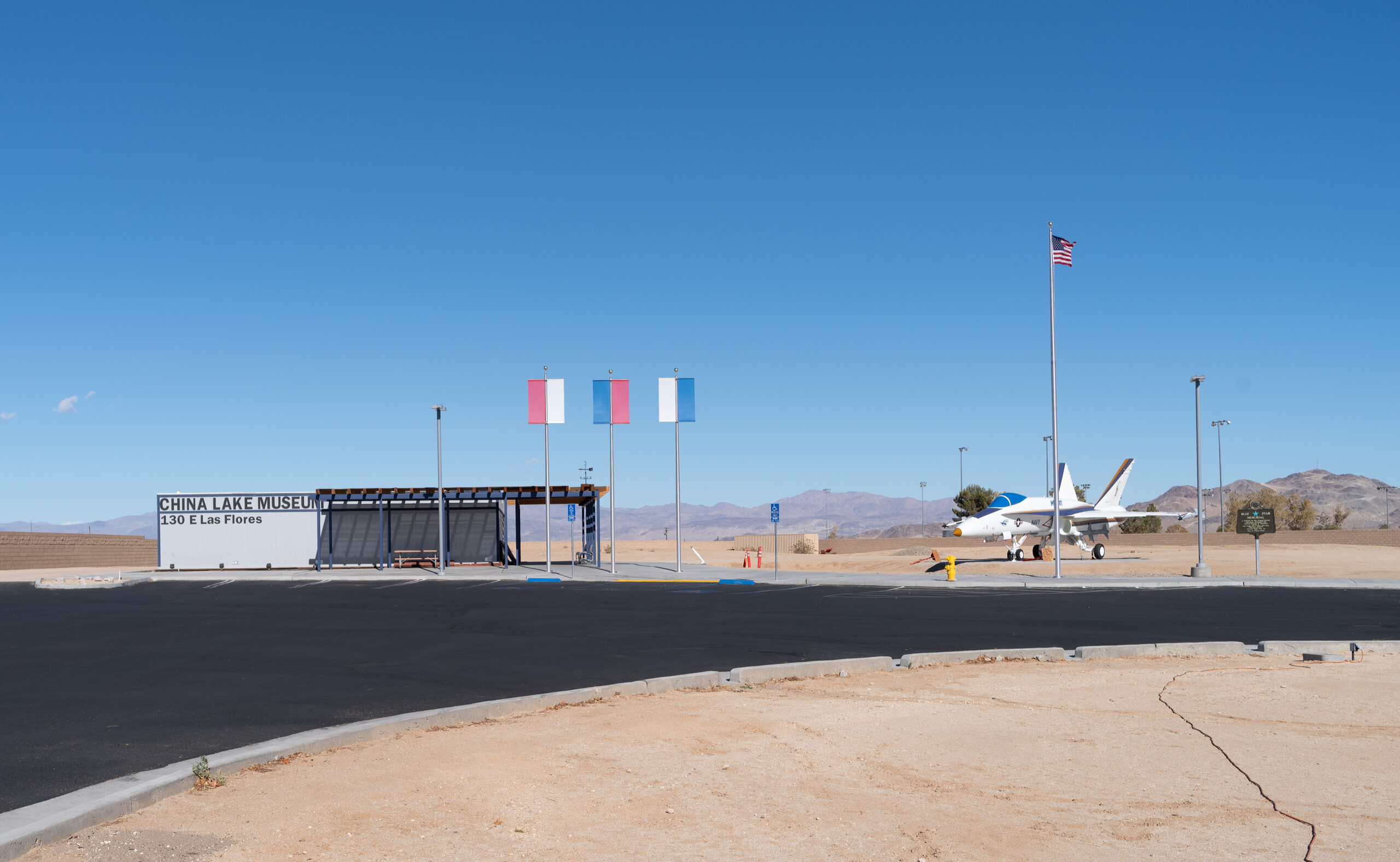Twining provided Geotechnical Investigations and a Fault Investigation for proposed critical developments at a military base in a seismically-active region of California. The investigations were governed by and ultimately approved by NAVFAC. The proposed project consists of six new structures (including aircraft and weapons hangars, air traffic control tower, and a fire station) with appurtenant improvements including aircraft pavements and aprons, vehicle-trafficked pavements, and heavily-loaded slabs on grade. Based on our analyses, we provided various options for foundation design and provided recommendations for set backs from existing nearby faults. We performed site-specific seismic analyses for use in structural design based upon geophysical testing consisting of refraction microtremor (ReMi) techniques. Special measures to mitigate impacts on structures due to ground cracking were employed and consisted of supplemental reinforcement of the foundation soils below critical structures, which were ultimately founded on mat foundations.
Twining’s team of geotechnical engineers and geologists were able to provide both their fault investigation and geotechnical engineering concurrently. To develop our fault investigation report, we performed the following tasks:
-
- Review background information and determine fault trench investigation layout and scope
- Coordinate and perform field exploration consisting of fault trenching within the area of the structures
- Trench backfill testing to repair the exploratory fault trench
- Perform geotechnical and radiometric laboratory testing to characterize site soil profile and identify possible fault location
- Perform fault investigation analyses to estimate past and potential future fault movement
- Prepare report summarizing our findings with mapped fault locations and recommended set backs from structures
To develop our geotechnical investigation reports, the following tasks were performed for each investigation/proposed structure:
-
- Review background information and site reconnaissance with project team to coordinate exploration locations
- Coordinate and perform field exploration consisting of several hollow-stem auger borings and cone penetration tests (CPT)
- Perform geotechnical laboratory testing for site characterization and determination of site-soil compressibility and shear strength
- Conduct engineering analyses for development of recommendations for foundation and pavement design and design of stormwater infiltration devices in support the Water Quality Management Plan
- Prepare report summarizing our findings and recommendations for site development, which included the use of cement treated soil and base materials, options for foundation types, grading for structures and pavements, and design stormwater infiltration rates
After completion of our work, we provided the reports to the design team and attending several working sessions with the design team and NAVFAC to ensure the recommendations from our reports were properly incorporated into design. We also aided in value engineering of the various structures to establish the most suitable, cost-effective design as it relates to geotechnical engineering. Our engineers reviewed the structural and civil plans to ensure that our recommendations were properly incorporated into the plans prior to submittal to and approval by NAVFAC.
